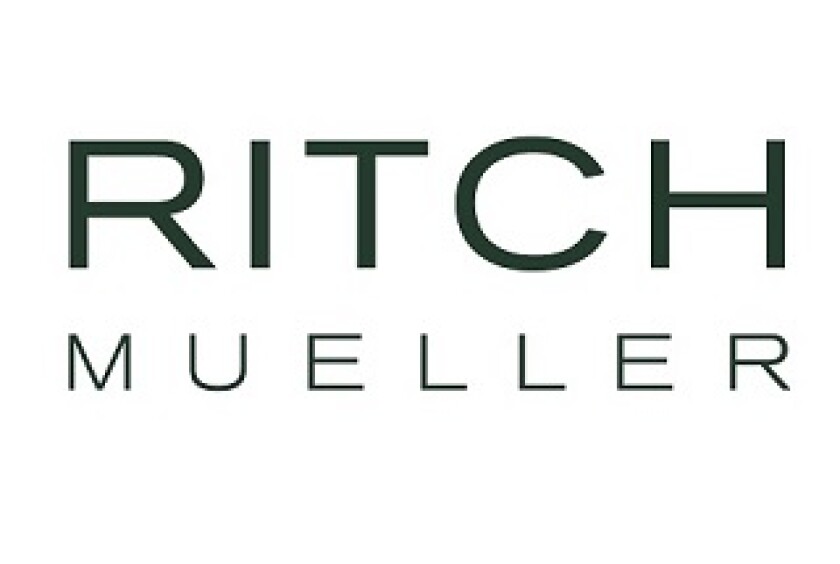
These exemptions are generally extended to intermediate entities or vehicles, but are subject to limitations that should be carefully analysed when structuring an investment to avoid jeopardising its tax-free treatment.
In order to attract foreign capital and promote inbound investments in Mexico, a presidential decree was issued in March 1992 granting an income tax exemption for investments made by FPFs. The FPF exemptions, as originally introduced, granted a full withholding tax exemption on any type of Mexican-sourced income derived from investments made by FPFs in the country; provided such funds were exempt from income tax in their country and applied for their registry annually to the Mexican tax authorities.
This withholding tax exemption was incorporated into the Mexican Income Tax Law (MITL) later that year, with the intention of providing further certainty to the FPF tax regime.
Evolution of FPF rules through the years
Since their enactment, the FPF rules have been revised to extend their application to intermediate entities or vehicles through which FPFs route their investments, and limit their scope mainly with respect to: (i) the number of intermediary corporate layers allowed for FPF investments; (ii) the types of income subject to the exemption; and (iii) the minimum holding period of the income-producing assets.
Initially, to preserve the tax-free nature of investments made by FPFs through intermediaries, FPF exemptions were extended in 1995, through administrative tax rules, to foreign investment funds owned by FPFs; these also had to be registered with the Mexican tax authorities (this exemption was later also extended to intermediate foreign entities in 2002 through administrative tax rules). This exemption only applied in proportion to the participation of the FPF in the foreign investment funds or entities, regardless of the corporate levels of the investment structure.
These provisions were then amended in 1998 to limit the exemption only to interest, rental income and capital gains derived from the sale of shares and real property located in Mexico, to the extent that the FPFs were the beneficial owners of such income and the real property had been leased for at least one year prior to its sale. These rules expressly excluded variable rental income from the exemption, which became relevant for commercial leases as it is common practice for such agreements to include a variable consideration based on the income obtained by the tenants.
A big change followed in 1999, when a new provision was included to grant a corporate tax exemption to Mexican entities in which FPFs were shareholders, in proportion to the participation of the FPFs in these entities. This is one of the few examples under Mexican tax law of a Mexican entity being granted a corporate tax exemption.
The FPF tax regime remained substantially unchanged until 2014, when a new MITL was published eliminating the FPF registry in Mexico and increasing the lock-up rental period from one to four years. The holding period was increased to four years in order to mirror the rules governing Mexican real estate investment trusts (FIBRAS).
Where do we stand today?
The latest amendments to the FPF tax regime came in late 2015, generating much concern amongst those FPFs already investing in Mexico, as they:
(i) introduced limitations on the levels of entities or vehicles allowed to be interposed within FPF investments, which in most cases resulted in having to restructure existing investment structures;
(ii) created income tests at the level of the intermediary foreign entities or vehicles, putting at risk the exemptions of such entities or vehicles if, for instance, they were also used to invest in other countries; and
(iii) limited the exemption on interest income, and the deduction of such expenses for Mexican borrowers, only to interest derived from loans granted directly by FPF.
As of today, the MITL provides that FPFs are exempt from income tax on interest, capital gains and income from granting the temporary use or enjoyment of real estate property in Mexico that has been leased for at least four years (Qualifying Income). In general terms, the FPF exemptions are currently granted at the following levels:
(i) Withholding tax exemption on Qualifying Income (including interest) obtained directly by FPFs;
(ii) Withholding tax exemption on Qualifying Income (excluding interest) obtained directly by foreign legal entities or foreign investment funds in which FPFs participate directly (only one level of foreign entities or foreign investment funds allowed);
(iii) Corporate tax exemption on Qualifying Income obtained by Mexican entities in which FPFs participate directly (only one level of intermediate Mexican entities allowed). This exemption was rounded out with a withholding tax exemption on dividends distributed by such entities from Qualifying Income; and
(iv) Corporate tax exemption on Qualifying Income obtained by Mexican entities in which foreign legal entities owned by FPFs participate directly (only one level of intermediate foreign entities allowed). This exemption was also rounded out with a withholding tax exemption on dividends distributed by such entities from Qualifying Income, but in this case the dividends have to actually reach the pension funds in order for the exemption to apply.
What are the main challenges faced by FPFs investing in Mexico?
One of the most significant challenges for FPFs has been to achieve tax-free treatment along their investment structures. This has not been easy considering the limitations on the number of corporate layers allowed and the Qualifying Income tests at the level of intermediary entities or vehicles.
These limitations tend to take centre stage when negotiating co-investments or joint venture structures, as FPFs generally have very low flexibility as they are required to ensure that any intermediate vehicle or entity will not put their exemptions at risk. It is common for joint venture partners to each have to set up sophisticated structures on top of their joint-venture vehicles to satisfy their particular requirements.
While there is no one-size-fits-all structure, the most common joint venture vehicles for FPFs have proven to be certain types of foreign investment funds which can be disregarded for the purposes of the corporate-layer limitations, or agreements governed under local law that lack legal personality and can achieve tax transparency. However, as is often the case, the devil is in the detail in such structures, as those vehicles may be deemed to have lost their lack of personality or their tax transparent status if not properly set up, putting the FPF exemptions at risk.
It is also relevant to consider that since the exemptions for intermediate entities or vehicles are granted in proportion to the participation of the FPF, if these are ever diluted, the exemption is generally lost in that percentage.
Another practical issue generally arises if FPFs invest simultaneously in several projects, as projects generating non-Qualifying Income may contaminate other projects if not routed through an appropriate structure, therefore jeopardising the exemptions for all projects. This usually results in having to create complex structures to segregate project risks and protect projects generating Qualifying Income.
FPF financing structures have also proven to be head-scratchers. The challenge has been to create financing structures for FPFs to fund Mexican projects, while maintaining local FPF exemptions on interest income and allowing the Mexican project companies to claim the deduction of the expenses associated with such financing.
As touched on earlier, the latest amendments to the FPF rules introduced new requirements for such purposes, which basically limited the FPF exemption on interest income, and the deduction of such expenses for Mexican borrowers, only to interest derived from loans granted directly by FPFs. In practice, it is rarely the case that FPFs grant financing directly to project companies, so advisors often have to come up with new and exciting ways to channel the funds to the project companies while also being able to reap the benefits.
While this tax regime remains very attractive, FPFs should be mindful of the rules that limit their exemptions and carefully review their structures as they pursue their investments in Mexico, in order to preserve the tax free nature of their investments.
This article was written by Oscar A. López Velarde, Santiago Díaz Rivera Bravo and Daniela Iñigo Arroyo of Ritch, Mueller, Heather y Nicolau, S.C.
Oscar A. López Velarde (olopezvelarde@ritch.com.mx)
Santiago Díaz Rivera Bravo (sdiazrivera@ritch.com.mx)
Daniela Iñigo Arroyo (dinigo@ritch.com.mx)
Ritch, Mueller, Heather y Nicolau, S.C.
www.ritch.com.mx










